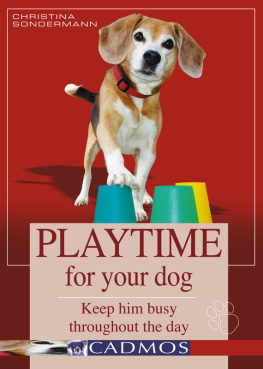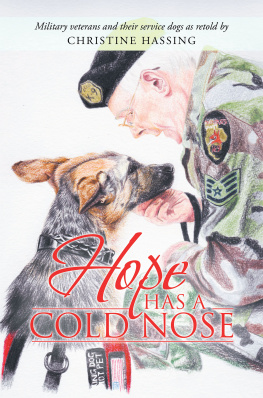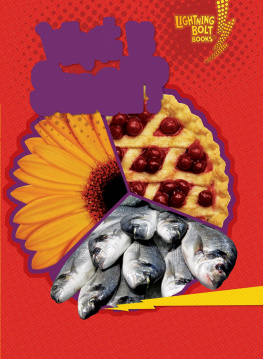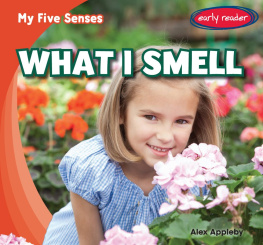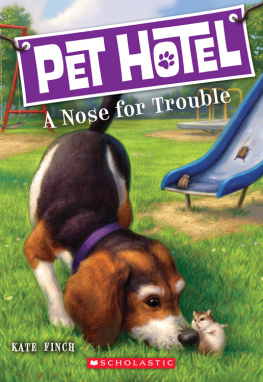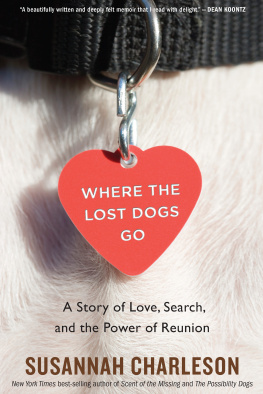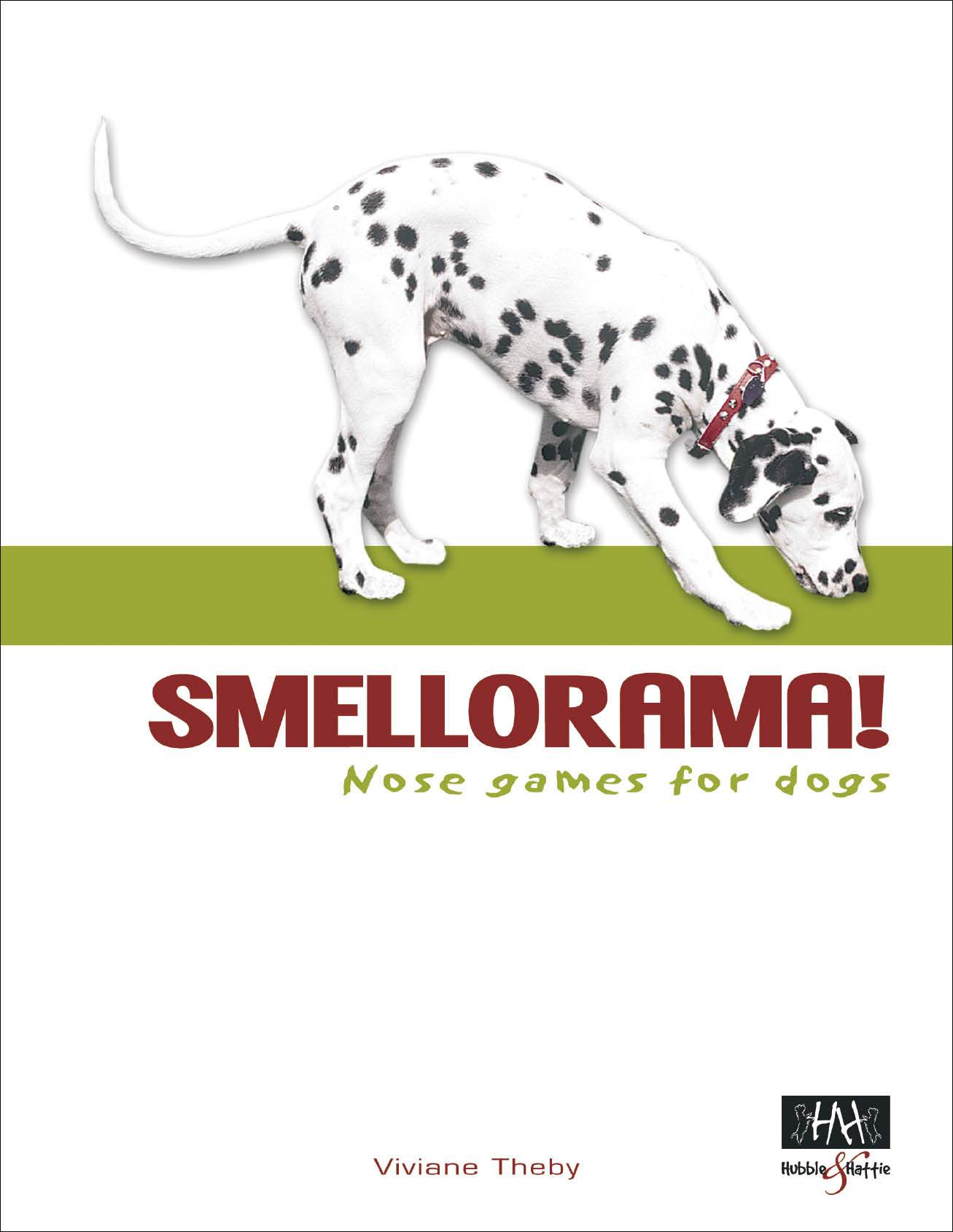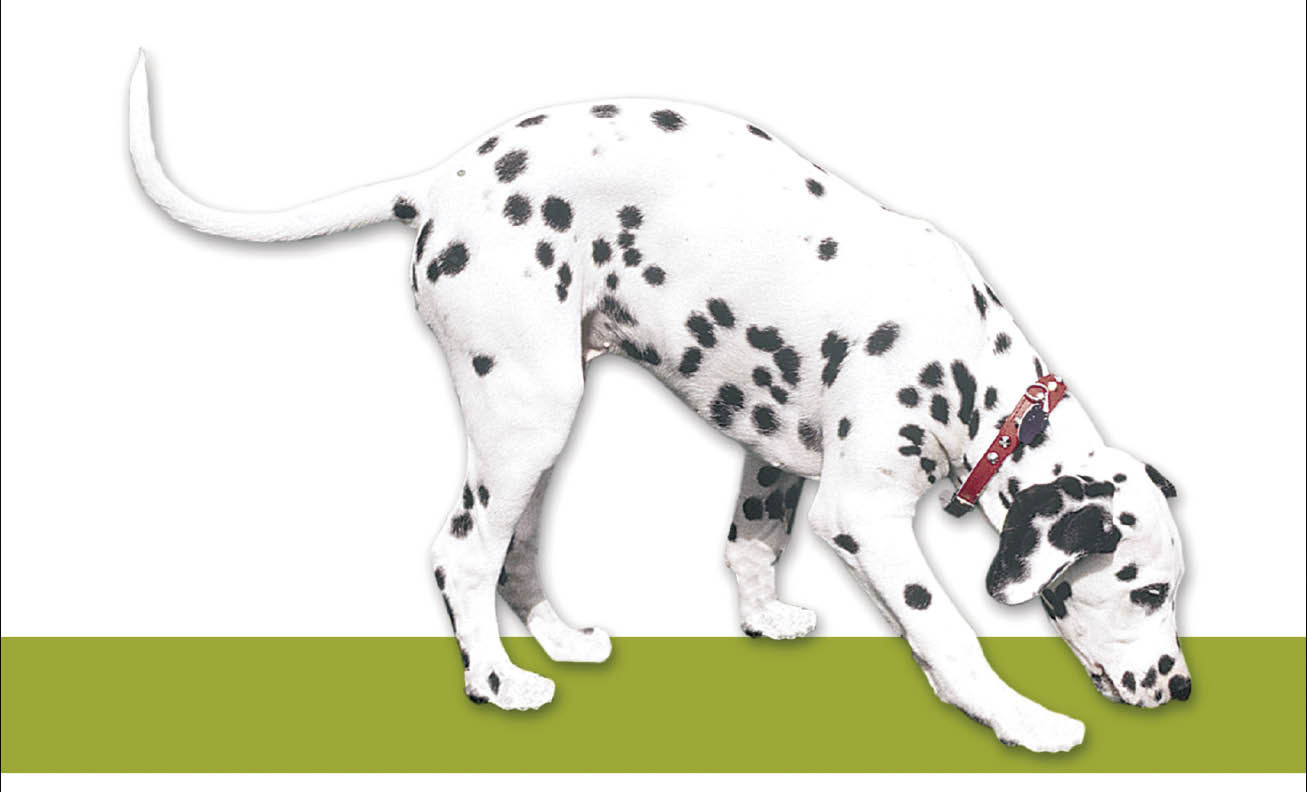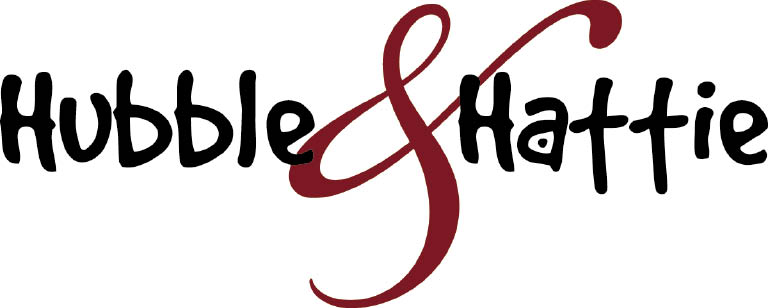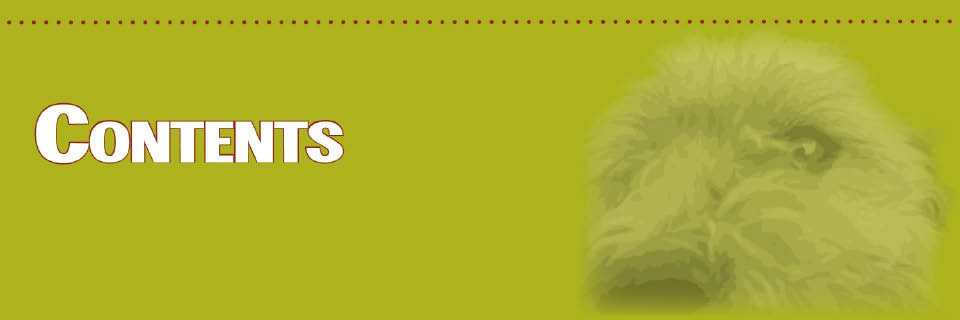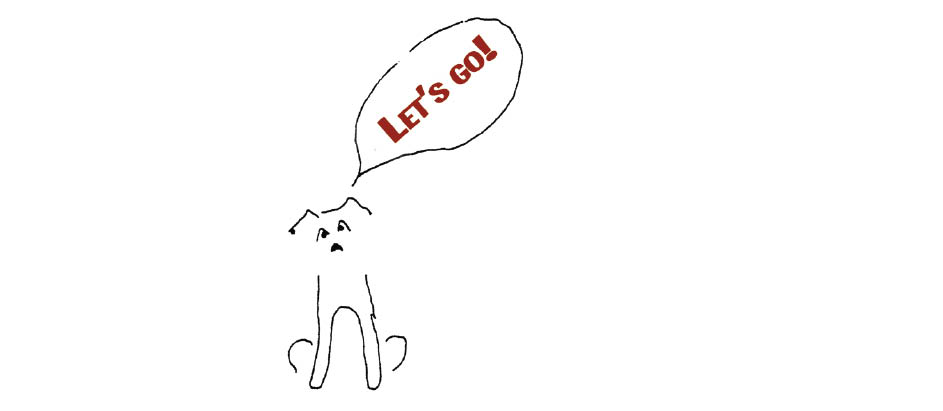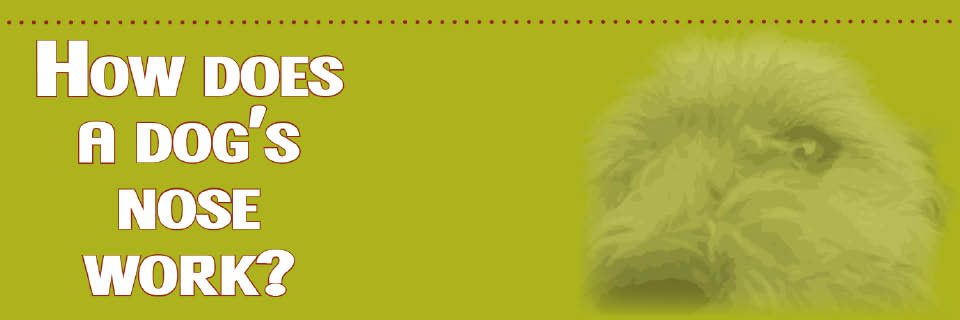Smellorama!
Nose games for dogs
Viviane Theby
First published in paperback format in February 2010
First published in eBook format in September 2013
Veloce Publishing Limited, Veloce House, Parkway Farm Business Park, Middle Farm Way, Poundbury, Dorchester, Dorset, DT1 3AR, England. Fax 01305 250479 e-mail
Print ISBN: 978-1-845842-93-2
eBook ISBN: 978-1-845845-92-6
Original publication 2009 Kynos Verlag, Dr Dieter Fleig GmbH. www.kynos-verlag.de
Viviane Theby & Veloce Publishing Ltd 2013. All rights reserved. With the exception of quoting brief passages for the purpose of review, no part of this publication may be recorded, reproduced or transmitted by any means, including photocopying, without the written permission of Veloce Publishing Ltd. Throughout this book logos, model names and designations, etc, have been used for the purposes of identification, illustration and decoration. Such names are the property of the trademark holder as this is not an official publication.
Readers with ideas for books about animals, or animal-related topics, are invited to write to the editorial director of Veloce Publishing at the above address. Typesetting, design and page make-up all by Veloce Publishing Ltd on Apple Mac. eBook code and design produced in-house by Veloce Publishing Ltd.
www.hubbleandhattie.com
The Hubble & Hattie imprint was launched in 2009 and is named in memory of two very special Westies owned by Veloces proprietors.
Since the first book, many more have been added to the list, all with the same underlying objective: to be of real benefit to the species they cover, at the same time promoting compassion, understanding and co-operation between all animals (including human ones!)
Hubble & Hattie is the home of a range of books that cover all-things animal, produced to the same high quality of content and presentation as our motoring books, and offering the same great value for money.
Most of our dogs want to work; they have been bred for this purpose for many, many years. And most people have fun working with their dog. However, often they lack the right ideas to do this, or there is not enough time to go to a dog training class, especially if its some distance away. But it doesnt have to be like this as there are many fascinating things that you can train your dog to do at home, which is clearly more important than going to a training class once a week.
Very often we invite our dogs into our world during training, or while playing small games. They learn tricks, perfect obedience or jumping over obstacles; things they would not do by themselves. This can be very entertaining for them, as long as the training methods are kind.
By way of this book I would like to give you the opportunity to experience the world of your dog. Try to imagine perceiving the environment through your nose for a change, as a dog does. This is very hard for us to envisage, but the feats that dogs are able to perform with their noses are absolutely fascinating and awe-inspiring!
In my time training rescue dogs I have often been impressed by these feats. Dogs are able to sweep through an entire building and find people inside in no time, or search large areas for missing persons.
Two incidents I learned about have especially impressed me. A colleague from a different locating team told me of a water rescue mission in which a diver had gone missing (in these missions the dog is taken onto the water in a boat to search for human scents). The dog indicated a location, from which taking currents into account a position was established where the diver was likely to be. Other divers went down, but found nothing. The dog was set on the trail a second time and indicated the exact same position again. The dog handler, who knew her dog very well, was certain that something was there. A special diving squad was summoned and eventually the drowned person was found; he was twenty metres below the surface and pretty much covered by mud! Although I had already learned a lot about a dogs fantastic sense of smell in my work with rescue dogs, this was still staggering: how could a dog detect that scent?

Another amazing story came from a French fire brigade dog handler, who told of dogs which, having been given an item belonging to a person to smell, would seek and find that person, even if they had walked straight through the city, for example over a market square full of people, over roads with busy traffic, or similar. At the time, I could hardly conceive of this happening until I actually saw such a dog at work: truly unbelievable!
In the following chapters I would like to invite you to learn from your dog because, when it comes to the nose, he or she is by far superior to us. Apart from the fact that this superiority may be very entertaining for you and your dog, it also has practical value and use. Imagine that you lost your wedding ring in the grass at a garden party and your dog found it for you! Or maybe you are allergic to nuts and your dog can tell you if what you are about to eat contains them. Not possible, you think? But it is!
So, come with me into the fascinating world of your dogs nose. We may never be able to achieve the same things, but can still learn to appreciate it and its abilities, something that can only be beneficial to a good partnership between dog and human.
The following exercises can be performed by any dog unless it has lost its sense of smell. Your dogs breed or age are irrelevant: lets go!
Viviane Theby
Lets take a closer look at how the dogs nose works, in order to better understand the scenting process.
In fact, a dog does not smell with her nose but with the olfactory epithelium, a thin mucous membrane layer which lines part of the nose cavity and which air breathed in streams past. Scent molecules in the air diffuse onto the mucous on this mebrane and can then be perceived.
The olfactory epithelium consists of three different cell types. First, there are the support cells which create the basic structure, inside which are the actual olfactory receptor cells nerve cells which connect directly to the brain. The third cell type are basal cells; actually, regrowing olfactory cells, because olfactory receptor cells grow continuously, die, and are replaced by new ones in a cycle of one to two months. This means that olfactory receptor cells are the only nerve cells which are continuously replaced during an entire lifetime.


